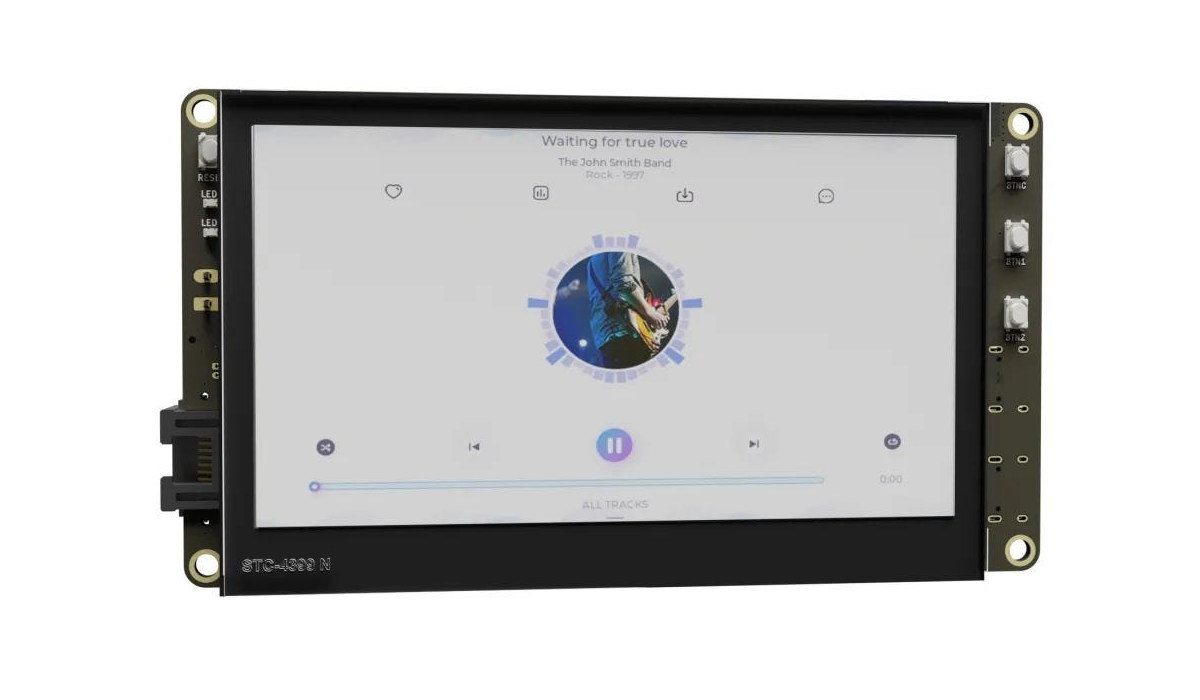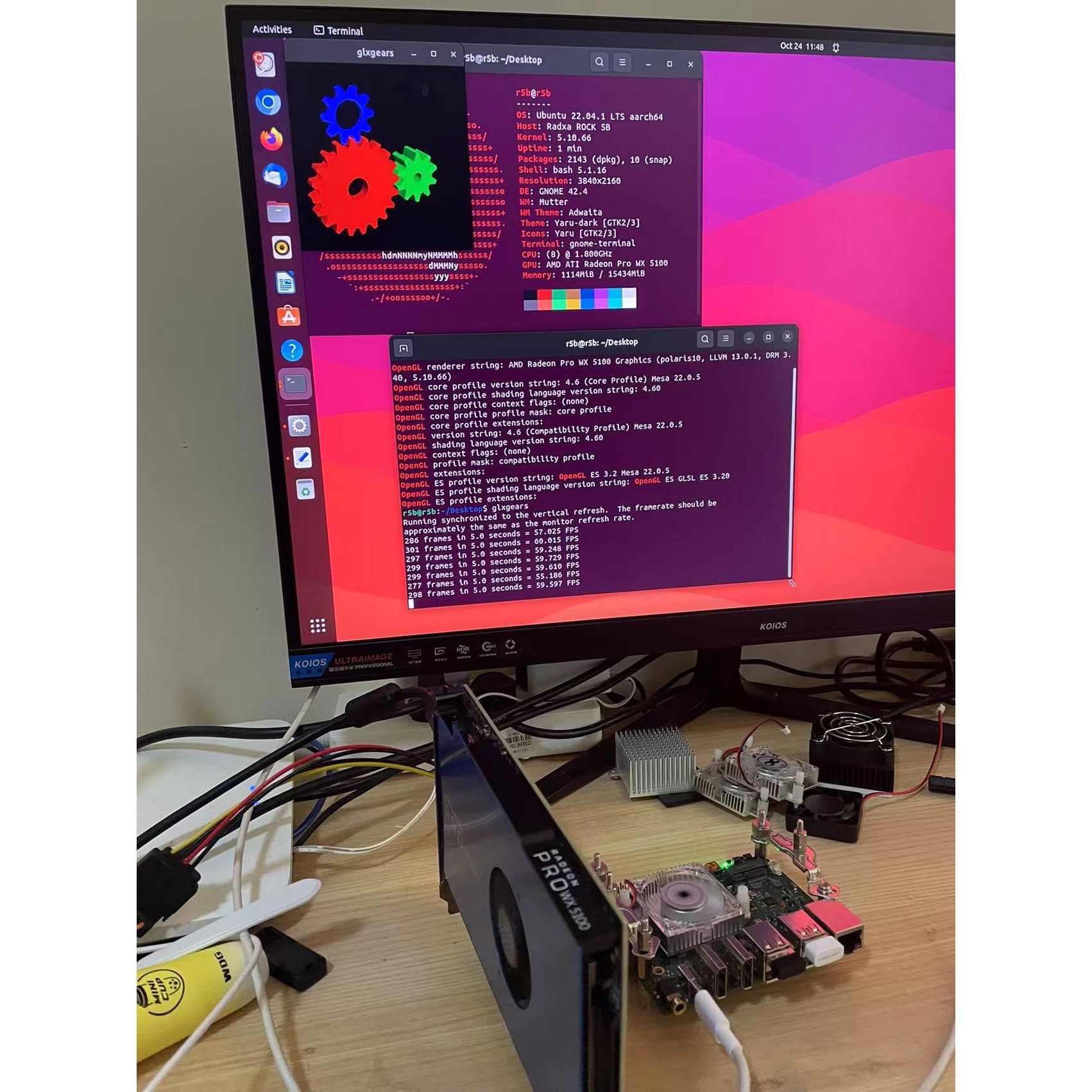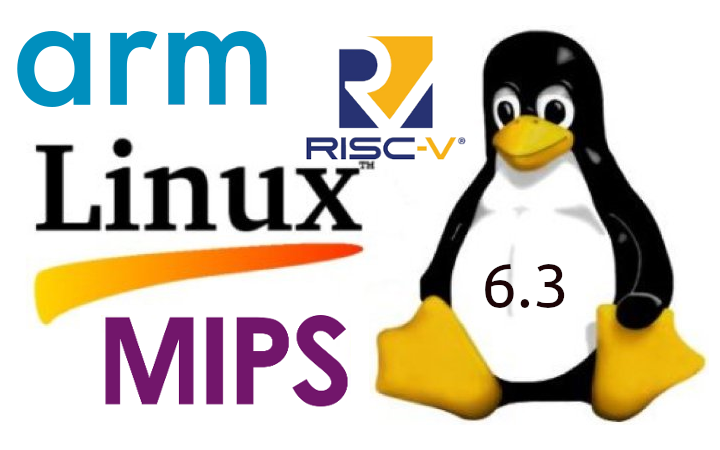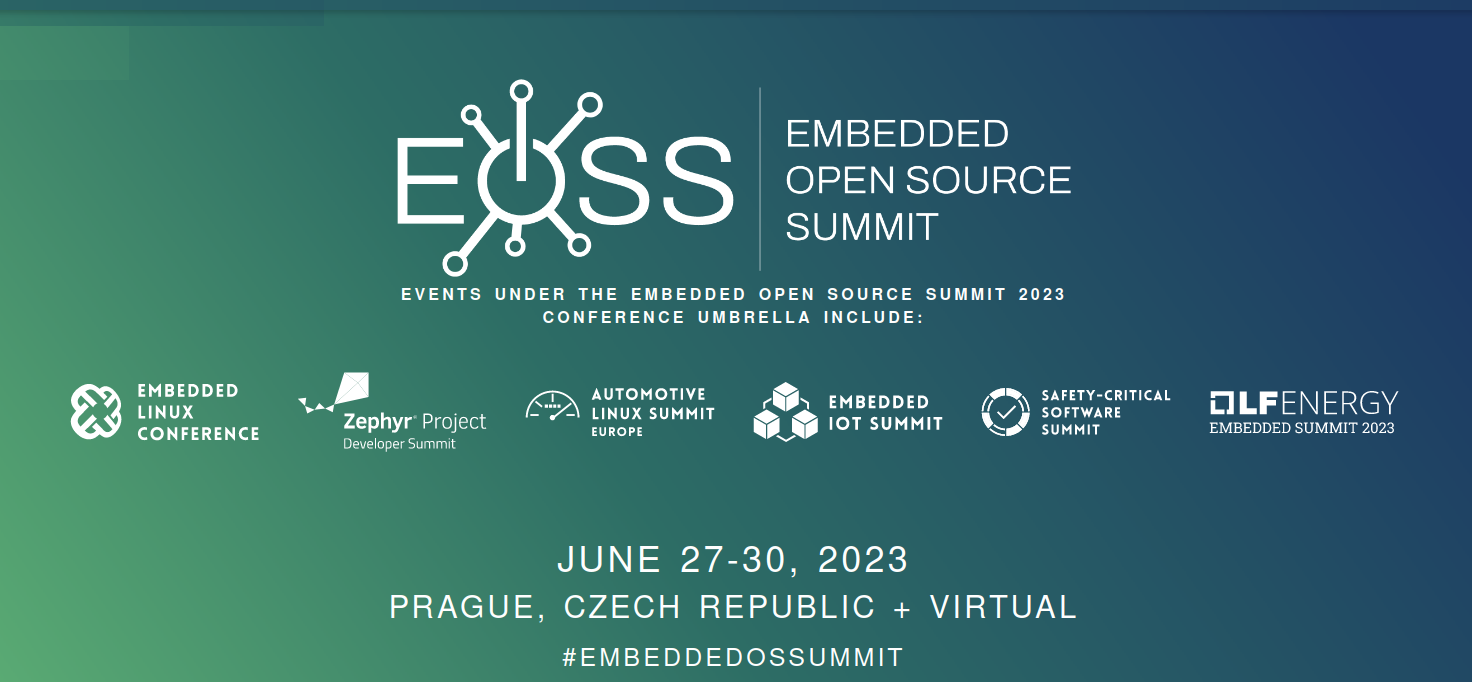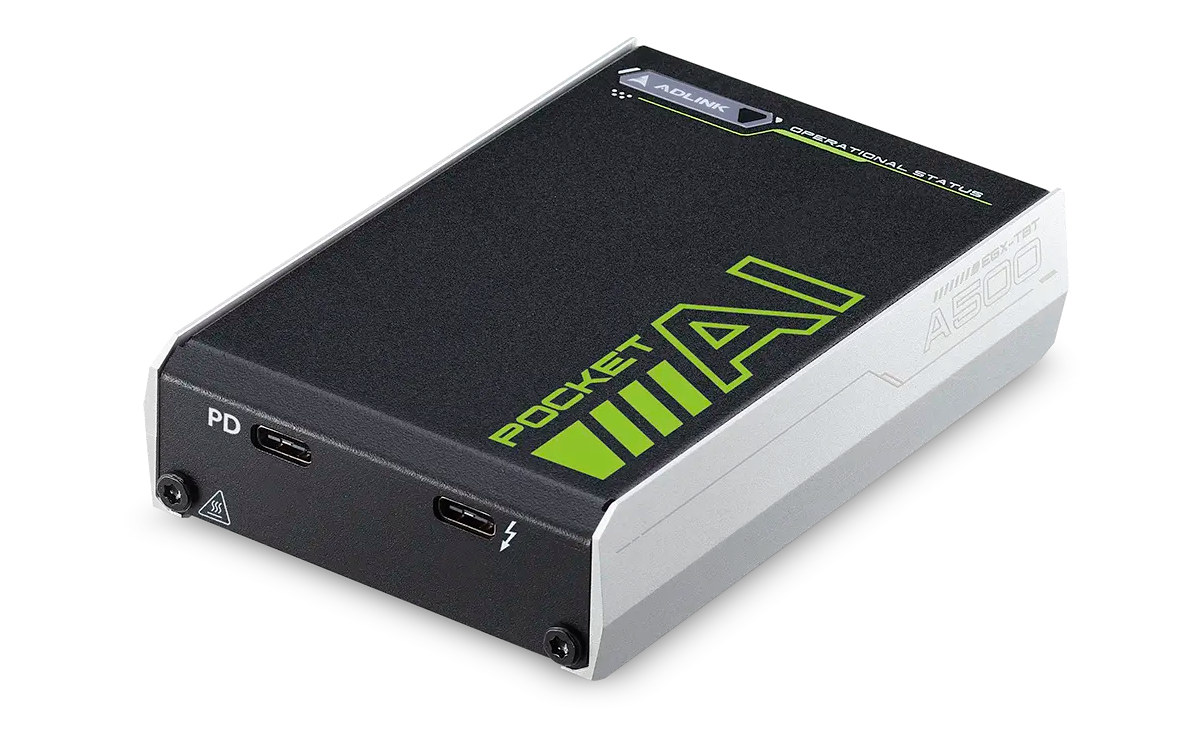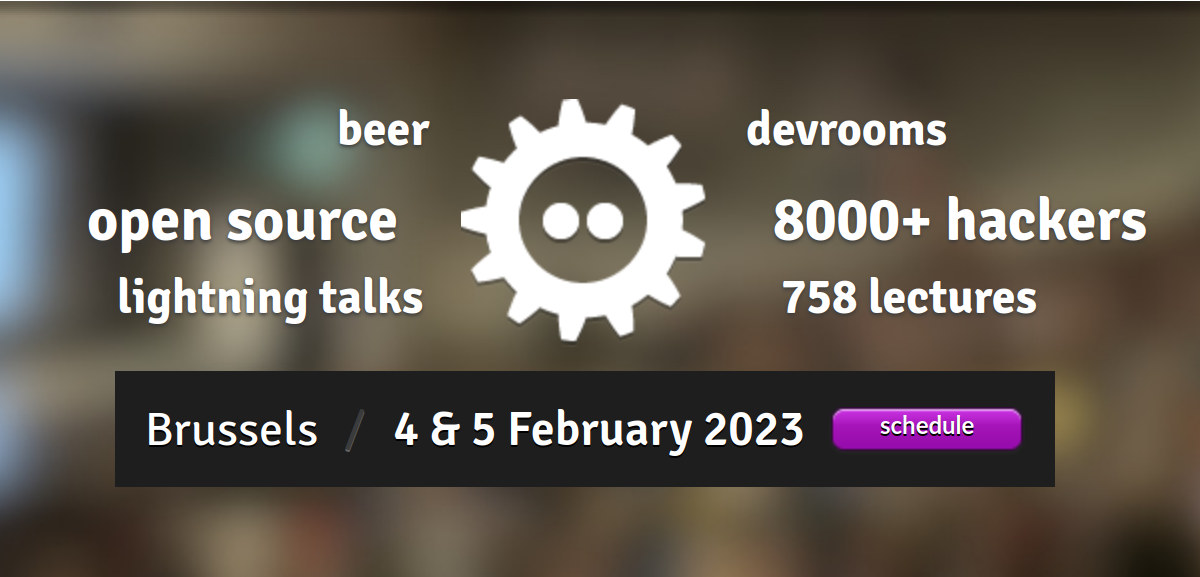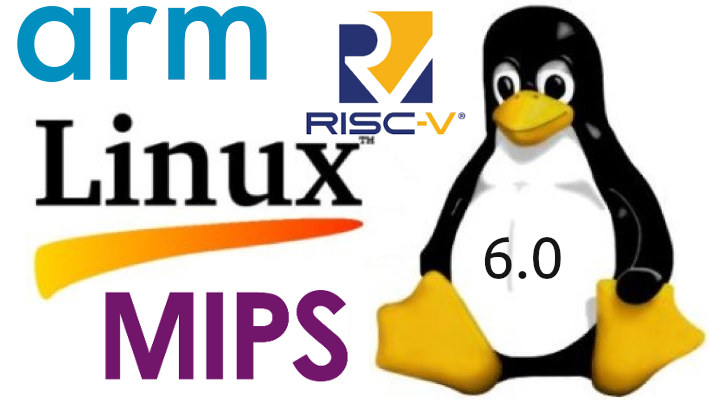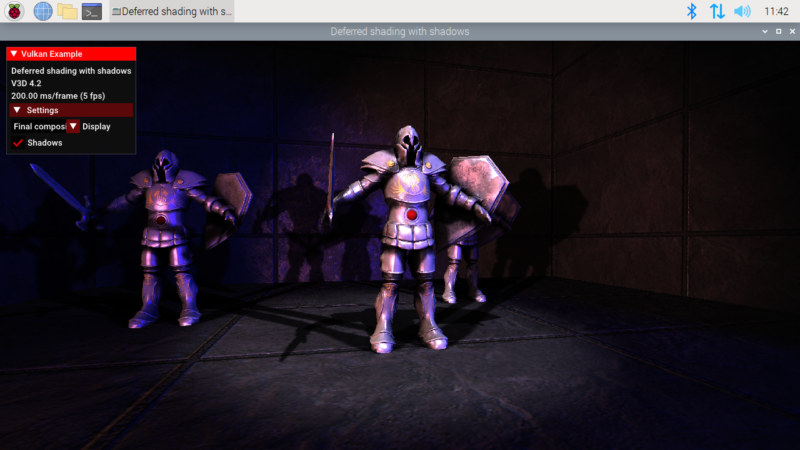The Renesas HMI board is a Renesas RA6M3 Cortex-M4F development board with a 4.3-inch LCD developed in collaboration with the teams behind the RT-Thread RTOS project and LVGL open-source graphics library. Besides a color display for HMI (Human Machine Interface), the board also features a microSD card for data storage, Ethernet and WiFi connectivity, Arduino headers and PMOD connectors for expansion, a microphone and a speaker, a CAN bus terminal block, and two USB-C ports for debugging and power. Renesas HMI board specifications: MCU – Renesas RA6M3 (R7FA6M3AH3CFB) Arm Cortex-M4F microcontroller @ 120MHz with 2MB Flash, 640KB RAM, TFT controller, 2D accelerator, and JPEG decoder. Storage – MicroSD card slot Display – 4.3-inch LCD (RGB 888) Audio – Microphone and speaker Networking Low-profile 10/100M Ethernet RJ45 port RW007 SPI WiFi module by Shanghai Ruiside Electronic Technology USB – 2x USB Type-C ports Serial – 2-pin CAN bus terminal block Expansion […]
AMD Radeon PCIe graphics card tested with a Rockchip RK3588 SBC (Radxa Rock 5B)
When Rockchip first introduced the Rockchip RK3399 processor with a PCIe interface people initially hoped they could connect graphics card, but those hopes were quickly squashed due to a 32MB addressing limit. However, the PCIe implementation on the newer Rockchip RK3588 processor does not have such a limitation, and last November, Radxa teased a demo with an AMD Radeon Pro WX 5100 PCIe graphics card connected to the Rock 5B SBC running the glxgears demo on the Radeon GPU. I couldn’t find any instructions to reproduce this setup, but this got Jasbir interested, and he tried to do a test of his own with the Radxa Rock 5B connected to an AMD Radeon R7 520 (XFX R7 250 low-profile) through an “M.2 Key M Extender Cable to PCIE x16 Graphics Card Riser Adapter” ($14 plus taxes on Aliexpress) and powered by an LR1007 120W 12VDC ATX board. The experiment was […]
Linux 6.3 release – Notable changes, Arm, RISC-V and MIPS architectures
Linux Torvalds has just announced the release of Linux 6.3 on the Linux Kernel Mailing List (LKML): It’s been a calm release this time around, and the last week was really no different. So here we are, right on schedule, with the 6.3 release out and ready for your enjoyment. That doesn’t mean that something nasty couldn’t have been lurking all these weeks, of course, but let’s just take things at face value and hope it all means that everything is fine, and it really was a nice controlled release cycle. It happens. This also obviously means the merge window for 6.4 will open tomorrow. I already have two dozen pull requests waiting for me to start doing my pulls, and I appreciate it. I expect I’ll have even more when I wake up tomorrow. But in the meantime, let’s enjoy (and test) the 6.3 release. As always, the shortlog […]
Embedded Open Source Summit 2023 schedule – Zephyr OS, Security, IoT, Embedded Linux, and more
The Linux Foundation has just announced the full schedule for the Embedded Open Source Summit, which will take place on June 27-30, 2023 in Prague, Czech Republic, as well as virtually starting on June 26. Over 175 sessions, birds of a feather (BoF) tracks, and workshops related to embedded and open-source innovation will be presented at the event itself comprised of six micro conferences: Automotive Linux Summit Europe, Embedded IoT Summit, Embedded Linux Conference, LF Energy Embedded Summit, Safety-Critical Software Summit, and Zephyr Project Developer Summit. Even though I’m not going to attend personally, I’ve gone through the schedule to create my own little virtual schedule with some sessions relevant that should be interesting to me and hopefully to CNX Software readers. Monday, June 26 (Virtual sessions) The first day of the event will have a Yocto Dev training in the morning, and a bunch of virtual sessions that are […]
Pocket AI – A portable NVIDIA RTX A500 eGPU for AI developers, embedded & industrial applications
We’ve previously seen it’s possible to connect an eGPU to a mini PC through a PCIe x16 to M.2 NVMe adapter or a Thunderbolt 3 port, but while it’s fine to install on your desk for gaming or develop AI applications, the eGPU being larger than most mini PCs, it’s a little too big to integrate into products, and potentially inconvenient to carry around. ADLINK Pocket AI portable eGPU changes that with an NVIDIA RTX A500 GPU housed in a 106 x 72 x 25mm box that’s about the size of a typical power bank and connects to a host through a Thunderbolt 3 connector. The company says the upcoming eGPU is mostly designed for AI developers, professional graphics users, and embedded industrial applications, but can also be for gaming. Pocket AI specifications: GPU – NVIDIA RTX 500 Architecture – NVIDIA Ampere GA107 Base clock: 435 MHz Boost clock: 1335 […]
FOSDEM 2023 schedule – Open-source Embedded, Mobile, IoT, Arm, RISC-V, etc… projects
After two years of taking place exclusively online, FOSDEM 2023 is back in Brussels, Belgium with thousands expected to attend the 2023 version of the “Free and Open Source Developers’ European Meeting” both onsite and online. FOSDEM 2023 will take place on February 4-5 with 776 speakers, 762 events, and 63 tracks. As usual, I’ve made my own little virtual schedule below mostly with sessions from the Embedded, Mobile and Automotive devroom, but also other devrooms including “Open Media”, “FOSS Educational Programming Languages devroom”, “RISC-V”, and others. FOSDEM Day 1 – Saturday February 4, 2023 10:30 – 10:55 – GStreamer State of the Union 2023 by Olivier Crête GStreamer is a popular multimedia framework making it possible to create a large variety of applications dealing with audio and video. Since the last FOSDEM, it has received a lot of new features: its RTP & WebRTC stack has greatly improved, Rust […]
Linux 6.0 release – Main changes, Arm, RISC-V, and MIPS architectures
Linux 6.0 has just been released by Linus Torvalds: So, as is hopefully clear to everybody, the major version number change is more about me running out of fingers and toes than it is about any big fundamental changes. But of course there’s a lot of various changes in 6.0 – we’ve got over 15k non-merge commits in there in total, after all, and as such 6.0 is one of the bigger releases at least in numbers of commits in a while. The shortlog of changes below is only the last week since 6.0-rc7. A little bit of everything, although the diffstat is dominated by drm (mostly amd new chip support) and networking drivers. And this obviously means that tomorrow I’ll open the merge window for 6.1. Which – unlike 6.0 – has a number of fairly core new things lined up. But for now, please do give this most […]
Raspberry Pi 4 gets Vulkan 1.2 conformance, Android Vulkan support
Iglia has done more work on the graphics driver for the VideoCore VI GPU found in Raspberry Pi 4 and other Broadcom BCM2711-based hardware with Vulkan 1.2 conformance, and Roman Stratiienko added Vulkan 3D graphics acceleration to Android, or more exactly LineageOS. Raspberry Pi and Iglia have been collaborating together since the launch of the Raspberry Pi 4 SBC to develop a Khronos conformant Mesa 3D graphics driver for the board, and that’s a long-term project that’s been going on for over two years, and not quite finished yet. Here’s a non-exhaustive timeline of the project so far: February 2020 – Raspberry Pi 4 V3DV driver gets OpenGL ES 3.1 conformance, work on Vulkan starts with the basic triangle demo showcased June 2020 – Vulkan driver source code released with many demos working on Raspberry Pi 4 October 2020 – Iglia gives a project update status presentation for Raspberry Pi […]


